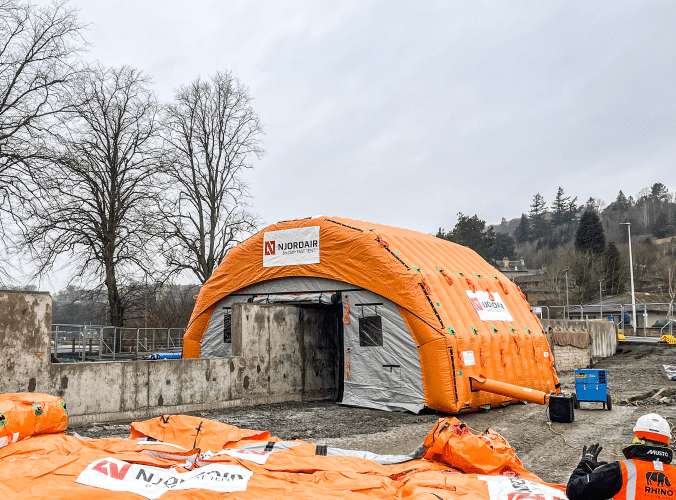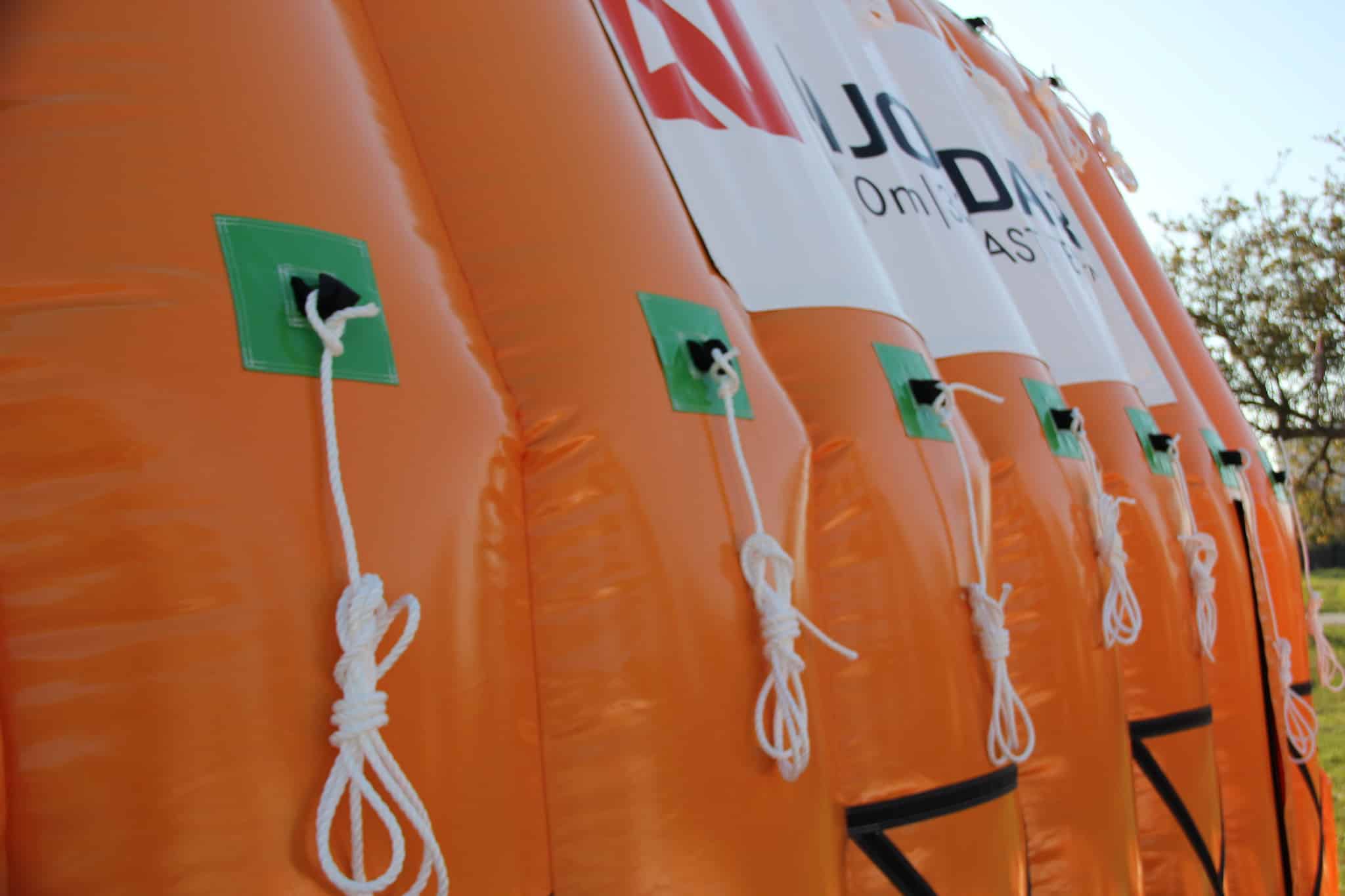Do Inflatable Buildings Provide Good Insulation?
The double layer air design of most inflatable structures mean that the inside of the structures is well insulted. This means that both heating and air conditioning work very well within the structures. However, inflatable buildings, by themselves, typically do not provide the same level of insulation as traditional, rigid structures with solid walls. The inflatable nature of these structures usually involves materials like fabric or PVC, which inherently have lower insulation properties compared to materials like wood, metal, or concrete.
However, inflatable buildings are be designed with additional features to enhance insulation. Here are a few considerations:
Double-layered Construction:
Some inflatable structures are designed with double-layered walls or roofs, with an insulating layer of air between them. This design provides thermal insulation.
Insulated Panels:
In certain cases, inflatable buildings may incorporate insulated panels or materials in specific areas to improve thermal performance.
Additional Insulation: Users may choose to add insulation separately by attaching insulating materials to the interior of the inflatable structure. This could include using thermal blankets, foam panels, or other insulation methods.
Heating and Cooling Systems:
Inflatable buildings may have heating and cooling systems integrated to control the internal temperature. These systems are not insulation per se, but they can contribute to maintaining a comfortable environment.
Does an inflatable building insulate against noise?
Inflatable structures are great at insulating sound as well as temperature. The inflatable walls absorb and disperse the sound within them meaning outside noise is less noticeable and sound from within the structure doesn’t leak outside. When doors are installed the noise levels can be reduced by up to 22db.
Summary
While inflatable buildings may not inherently provide the same insulation as traditional structures, they are often used for temporary or portable purposes where rapid setup and flexibility are more critical than long-term insulation needs.






